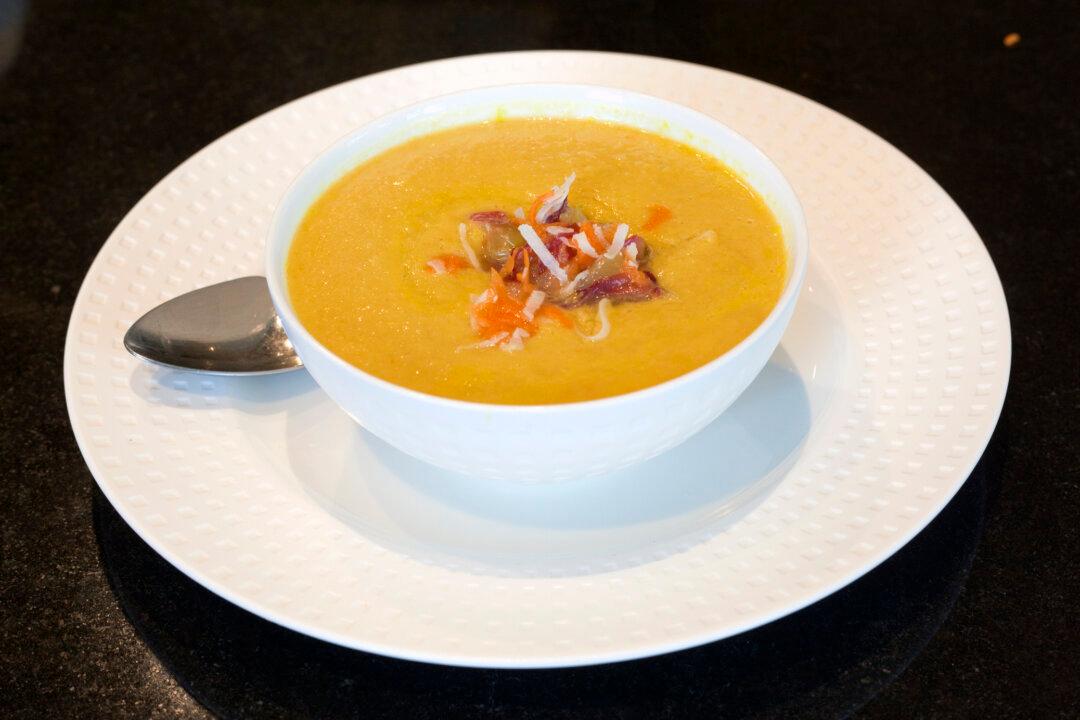As omnivores, we have the liberty to eat whatever we truly desire. But when you get dense with your food, you don’t just eat—you nourish that amazing machine of yours to optimize its potential to the fullest. You have to learn to make conscious decisions about what you eat, starting with the foods that contribute the most micronutrients, including vitamins, minerals, phytochemicals, and antioxidants.
Think of these choices like cash. You wouldn’t want to blow your hard-earned green on things that'll give you buyer’s remorse in the end. You want to buy things that will last.
It’s the stuff that feeds your body that counts, and the best way to get dense is with leafy greens like kale, mustard greens, watercress, spinach, broccoli rabe, Brussels sprouts, swiss chard, and arugula.
Leafy greens are some of the most nutrient-dense foods on the planet based on ANDI scores (the Aggregate Nutrient Density Index), meaning that when comparing calories to micronutrients delivered, they are your plate’s densest rock stars. We can’t even begin to understand the number of phytonutrients they bring to the table.
The goal is to get as many of these on your plate as possible and build up your meal with lean proteins and essential fats. By getting your fridge in order with a variety of pre-prepped greens, the task to get them into all of your dishes becomes a lot easier.
Junk Food Confessions
When you’re about to say something you shouldn’t, you might bite your tongue. We all need to learn to do the same thing when we’re about to eat something we shouldn’t. The fact is much of your ability to control your entire body lies in that little pink bundle of muscle in your mouth.
Your tastebuds can naturally sense sweet, sour, salty and bitter flavors, but sweet and salty tastes are heightened by your sense of smell, making foods that fall into these categories even more difficult to resist.
Do not despair, however. There is a solution!
For every poor choice there is a nutrient-rich alternative that will satisfy your cravings and your wagging tongue’s need to feed. Give these alternative snacks a try:
Clean Potato Chips?
Whole grain, or sprouted grain pita chips with chia or flax seed or kale brushed with olive oil and dusted with paprika, baked until crunchy.
Clean Soda?
Sparkling or ionized water with fresh cucumber slices and a squeeze of lime or a light purée of fresh fruit.
Clean French Fries?
French green beans, carrot sticks, and zucchini spears steamed, then lightly brushed with sesame oil and sesame seeds and then baked in the oven until crisp.
Clean Ice Cream?
Blend almond milk with your favorite Greek yogurt and a spoonful of honey or stevia, plus a few spoonfuls of raw almonds. Freeze and eat.
Mareya Ibrahim is The Fit Foody, an award-winning chef on Everyday Health’s Emmy-nominated show “Recipe Rehab,” and author and founder of EatCleaner.com. Her book “The Clean Eating Handbook,” a guide on how to eat cleaner and get leaner, was released in May 2013.





